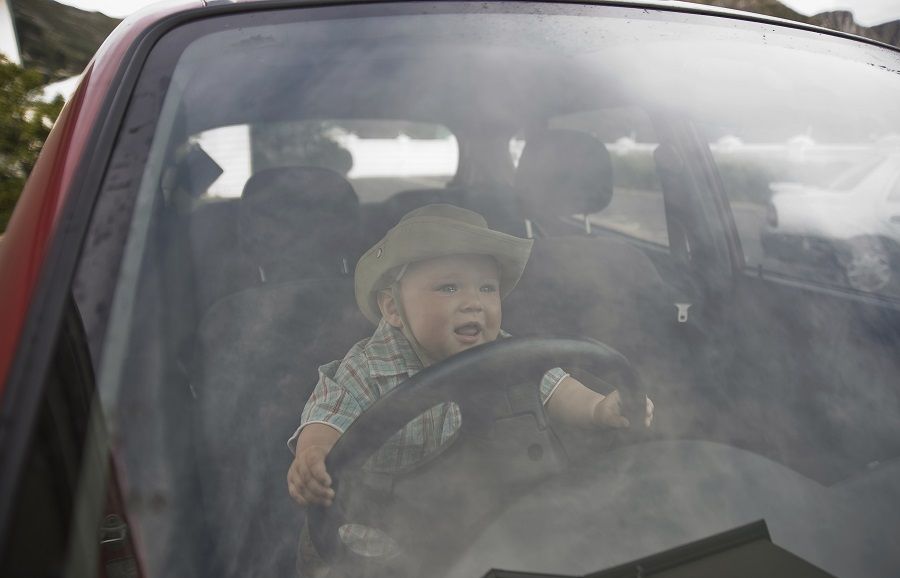Travelling with your little ones can be challenging. They can test your patience in many ways. Aside from feeling bored and becoming impatient, your kids can experience car sickness. However, this is not unique. Even adults can get car sick, too.
So, if you want to have a trip with less stress and hassle, there are tips you can follow to avoid car sickness from occurring, not only for your children, but also for grown-ups.
What is motion sickness anyway?
Motion sickness has the power to ruin your trip, and it can happen anytime to anyone no matter how old you are. Understanding what motion sickness is key to avoiding it.
Whether you are travelling by land, sea or air, it always starts with a mild feeling of nausea. If you don’t deal with it immediately, motion sickness can quickly escalate, and you may experience sweating, your stomach feels bad, and as it gets worse, you can end up vomiting.
Now imagine what it’s like for a child. You’re sitting low in the back seat, and you can’t see through the windows. When the eyes can’t see the movement that the body feels or vice versa, this is when motion sickness can occur.
In some cases, your older child might be reading a book, or your toddler might be playing with a toy. Your kid might start feeling nauseous. Motion sickness can also be caused by strong odours or bends on the road.
Although this condition does not typically affect children under two years old, motion sickness is quite common with kids who are between the ages of three to twelve years of age. While it’s not quite clear why some children are more affected by motion sickness than others, there are some things you can do to prevent this from happening.

Avoid eating greasy, rich, and spicy foods.
Instead, try feeding your kids with small, bland snacks like plain-tasting crackers, before heading out. Give them a few sips of water to prevent upsetting their stomach. If you’re going for a quick drive, you can try not to feed them entirely until you reach your destination.
Schedule your car trips.
If it’s possible, you can plan your road trip to coincide with your little one’s naptime. This will help eliminate the visual cues that are being sent to their brain. You can try travelling at night, so they will likely be asleep. Alternatively, you can also leave early in the morning, so you can avoid the rush hour traffic.

Find the right position.
You can try to elevate your child’s seat safely, so he or she can clearly see the view outside the window. Many kids can feel car sick when their car seats are placed below the window’s height. So, you can try seating them in the middle of the back seat to get a better view.

Put the mobile devices away.
While it’s a good idea to keep the kids entertained, the visuals they get from your mobile devices can confuse their sense of motion and trigger the symptoms of motion sickness. The same goes for reading books or doodling with colouring books. It might be better to play some soothing music to help them relax or try talking to them, so they will be distracted.
The good news is your kids will eventually outgrow their car sickness by the time they reach twelve years old. But in the meantime, we hope these tips can help them from getting carsick the next time you travel.
Recommended posts:




